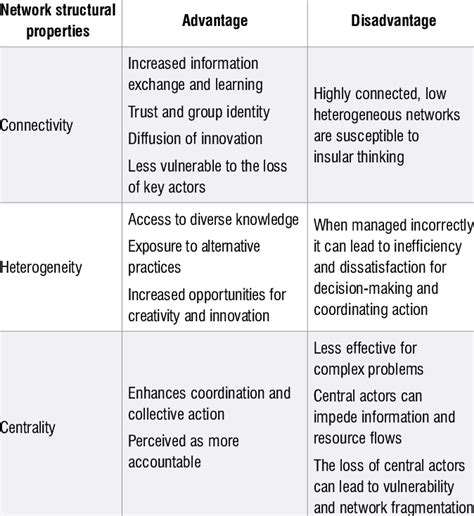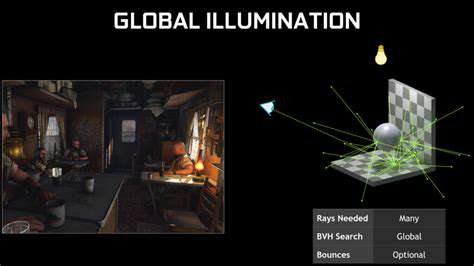Introduction to Machine Learning for Programmers
Essential Machine Learning Algorithms for Programmers
Supervised Learning Algorithms
Supervised learning algorithms are a cornerstone of machine learning, where the algorithm learns from a labeled dataset. This means that each data point in the training set is associated with a known output or target variable. The algorithm's goal is to learn a mapping from the input features to the target variable, enabling it to predict the output for new, unseen data points. Examples include linear regression, logistic regression, and support vector machines (SVMs). These algorithms are widely used for tasks like classification and regression, playing a crucial role in various applications, from predicting customer churn to identifying fraudulent transactions.
Within supervised learning, decision trees and random forests are powerful techniques. Decision trees create a flowchart-like structure to make decisions based on the input features. Random forests, an ensemble method, combine multiple decision trees to improve accuracy and robustness. They are effective for both classification and regression problems, handling complex relationships and non-linear patterns in the data, making them valuable tools for a wide range of applications.
Unsupervised Learning Algorithms
Unsupervised learning algorithms operate on unlabeled datasets, meaning the target variable is unknown. The goal is to discover hidden patterns, structures, or relationships within the data. Clustering algorithms, like k-means and hierarchical clustering, group similar data points together, revealing inherent groupings within the dataset. These algorithms are crucial for tasks like customer segmentation, anomaly detection, and dimensionality reduction, where understanding the underlying structure of the data is paramount.
Dimensionality reduction techniques, such as Principal Component Analysis (PCA), are also essential unsupervised learning methods. They aim to reduce the number of variables in a dataset while retaining as much of the original information as possible. This simplification can improve the efficiency of subsequent machine learning tasks and help to visualize high-dimensional data. Dimensionality reduction is crucial when dealing with large datasets, where the computational complexity of algorithms can be significantly reduced.
Reinforcement Learning Algorithms
Reinforcement learning (RL) differs from supervised and unsupervised learning in its approach. In RL, an agent learns to interact with an environment by taking actions and receiving rewards or penalties. The goal is to learn a policy that maximizes the cumulative reward over time. Q-learning and Deep Q-Networks (DQNs) are examples of RL algorithms. These algorithms are particularly suited to tasks involving sequential decision-making, such as game playing, robotics control, and resource management.
RL algorithms learn through trial and error, adapting their strategies based on the feedback they receive from the environment. This iterative process allows the agent to learn optimal behaviors without explicit guidance. The ability to learn complex strategies from interaction makes RL a powerful tool for solving challenging problems in various fields, including autonomous driving and personalized recommendations.
Evaluation Metrics and Model Selection
Choosing the right machine learning algorithm and evaluating its performance are critical steps in the machine learning pipeline. Different algorithms are suited for different types of problems, and the optimal choice depends on the specific task and characteristics of the data. Understanding various evaluation metrics, such as accuracy, precision, recall, and F1-score, is essential for assessing the performance of a model. These metrics help to determine how well the model generalizes to unseen data and make informed decisions about model selection.
Model selection strategies, including cross-validation and comparing different models using hold-out sets, are vital for ensuring robust and reliable results. Cross-validation helps to estimate the model's performance on unseen data, reducing the risk of overfitting. Careful consideration of these aspects is crucial to building effective and reliable machine learning models for various applications.
Crochet scarves are a fantastic way to explore the world of crochet. They're a relatively straightforward project, perfect for beginners, allowing you to practice your stitches and develop your skills in a tangible way. Learning basic crochet stitches like the single crochet, double crochet, and slip stitch is crucial for creating a variety of scarf designs. You'll find a wealth of free patterns and video tutorials online to guide you through the process, ensuring you feel confident and supported as you embark on your crochet journey.

Beyond the Basics: Exploring Advanced Topics
Understanding Model Evaluation Metrics
Evaluating the performance of a machine learning model is crucial for determining its effectiveness and suitability for a specific task. Beyond simple accuracy, a comprehensive evaluation considers various metrics like precision, recall, F1-score, and area under the ROC curve (AUC). Precision measures the proportion of correctly predicted positive instances out of all predicted positives, while recall focuses on the proportion of correctly predicted positives out of all actual positives. The F1-score balances precision and recall, providing a single metric to assess the model's overall performance. AUC, derived from the Receiver Operating Characteristic curve, provides a measure of the model's ability to distinguish between classes.
Understanding these metrics allows data scientists to fine-tune their models and choose the best approach for different problem scenarios. For example, in medical diagnosis, high recall might be prioritized to minimize false negatives, while in fraud detection, high precision might be paramount to avoid unnecessary alerts.
Feature Engineering Techniques
Machine learning models often perform better when features are carefully engineered. This involves transforming existing data into more informative representations for the model. Techniques include creating new features from existing ones, combining features, handlingmissing values, and scaling features to a suitable range. Feature engineering is an iterative process that requires careful consideration of the data and the specific problem being addressed. This process often involves domain expertise to identify relevant features and relationships within the data.
Handling Imbalanced Datasets
Many real-world datasets exhibit class imbalance, where one class significantly outnumbers the others. This can lead to models that are overly biased towards the majority class, performing poorly on the minority class. Addressing this imbalance is critical for building effective models. Strategies include oversampling the minority class, undersampling the majority class, or using cost-sensitive learning methods. Oversampling techniques, such as SMOTE, create synthetic samples of the minority class to balance the dataset. Undersampling techniques, on the other hand, reduce the number of samples in the majority class. The choice of approach depends on the specific dataset and the desired outcome.
Regularization and Model Complexity
Overfitting, a common issue in machine learning, occurs when a model learns the training data too well, including noise and irrelevant details, leading to poor generalization on unseen data. Regularization techniques are employed to mitigate overfitting by penalizing complex models. Methods like L1 and L2 regularization add penalty terms to the model's objective function, discouraging large weights and preventing the model from becoming overly complex. Careful tuning of regularization parameters is essential to balance model complexity and performance.
Understanding the trade-off between model complexity and performance is crucial for building robust and reliable machine learning models.
Cross-Validation and Model Selection
Evaluating the performance of a machine learning model on unseen data is essential for assessing its real-world applicability. Cross-validation techniques provide a robust method for evaluating models by splitting the data into multiple subsets. Different subsets serve as training and testing sets in various iterations, providing a more reliable estimate of the model's performance. Common cross-validation methods include k-fold cross-validation, which divides the data into k folds, and leave-one-out cross-validation, which uses each data point as a test set once. Choosing the best model involves comparing the performance across different models and hyperparameter settings using cross-validation metrics.
Introduction to Ensemble Methods
Ensemble methods combine multiple individual models to create a more accurate and robust prediction model. Bagging, boosting, and stacking are common ensemble techniques. Bagging methods, such as random forests, train multiple models on different subsets of the data and combine their predictions. Boosting methods, like AdaBoost, sequentially train models, giving more weight to instances that previous models misclassified. Stacking methods combine multiple models by training a meta-learner on the predictions of individual models. Ensemble methods often improve the generalization ability of individual models and provide more stable results. Understanding the rationale and applications of these methods is crucial for constructing powerful and robust machine learning systems.
Read more about Introduction to Machine Learning for Programmers
Hot Recommendations
- Review: The New [Specific Brand] Smart Lock Is It Secure?
- Best Budget Studio Monitors for Music Production
- Top Flight Simulation Peripherals (Joysticks, Throttles, etc.)
- Top Portable Scanners for Document Management On the Go
- Reviewing the Latest Smart Air Purifiers for Your Home
- Best Portable Photo Printers for Travelers and Memory Keepers
- The Future of Personal Transportation Beyond Cars (Hyperloop, eVTOL)
- Top Network Monitoring Tools [Free & Paid Options]
- Understanding the Tech Behind mRNA Vaccines [A Look Inside]
- Guide to Choosing the Right Gaming Chair for Ergonomics
![Best Password Managers Compared [Security & Features]](/static/images/25/2025-05/AdditionalFeaturesandUserExperience.jpg)
![What Are NFTs and Why Are They Popular? [Explained]](/static/images/25/2025-05/TheRoleofSpeculationandInvestmentintheNFTMarket.jpg)









